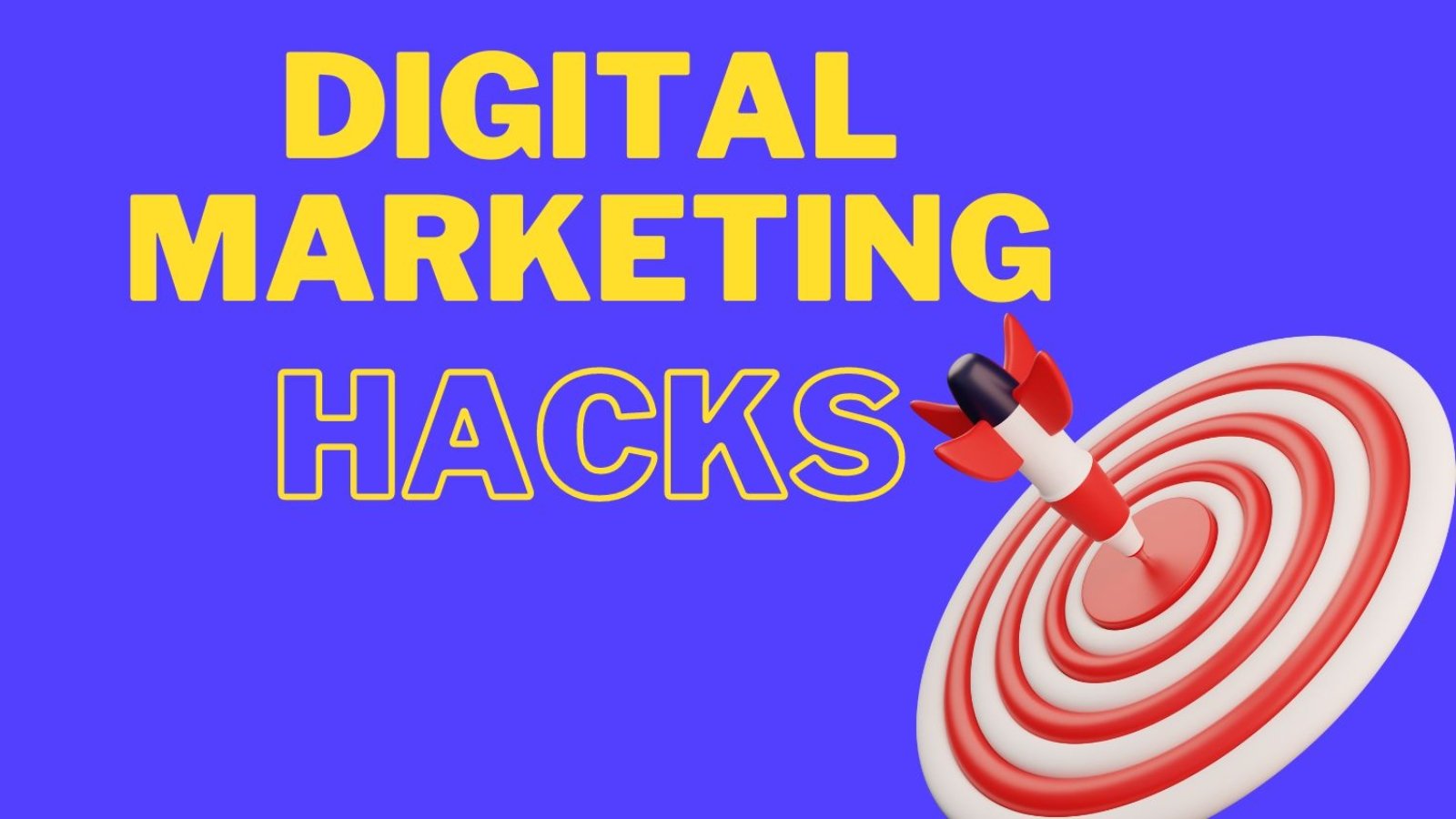Find your target audience is essential for business success. It allows you to focus your marketing efforts on people more likely to buy your product, leading to higher engagement and conversions. Here are simple steps you can take:
1. Use Social Media Analytics
One of the easiest ways to start understanding your audience is by looking at your social media analytics. Platforms like Facebook, Instagram, LinkedIn, and Twitter provide detailed insights into who follows you, engages with your content, and what interests they have. These insights can help you identify the age, gender, location, and behavior patterns of your audience. By doing so, you can pinpoint which demographic you should target with your products or services.

Action Step: Visit your social media pages and explore the built-in analytics tools (e.g., Facebook Insights, Instagram Insights). Take note of common traits among your most engaged followers, such as age range, geographic location, and interests. Use these traits to create buyer personas for your business.
2. Analyze Website Traffic
Website analytics tools like Google Analytics are invaluable when trying to identify your target audience. By analyzing your site’s traffic data, you can determine who visits your site, how they got there, what content they engage with, and what actions they take (such as purchasing a product or subscribing to your newsletter). This data gives you a clear picture of your audience’s demographics, behaviors, and interests, helping you refine your marketing efforts.

Action Step: Set up Google Analytics (or similar tools) on your website. Dive into the data and study your visitors’ demographics, behaviors, and interests. Pay close attention to the content that brings the most traffic and leads, and create more of that type of content.
3. Conduct Customer Surveys
One of the most effective ways to learn about your audience is to ask them directly. Customer surveys are a powerful tool for gathering insights into what your customers want, their pain points, and their needs. Surveys allow you to ask specific questions about their buying habits, preferences, and overall experience with your business.

Action Step: Create and distribute a simple survey using tools like Google Forms, SurveyMonkey, or Typeform. Ask questions about your customers’ preferences, challenges, and goals related to your products or services. Offer incentives (like discounts or free downloads) to increase participation, and use the insights to fine-tune your marketing strategies.
4. Leverage CRM Data
If you’re already using a Customer Relationship Management (CRM) system, you’re sitting on a wealth of valuable data. CRM tools track customer interactions, purchases, and engagement, allowing you to spot trends and understand which customers are most valuable to your business. This data helps you identify key characteristics of your best customers, which can be used to refine your audience targeting.

Action Step: Review your CRM data to identify common characteristics among your highest-value customers. Look for patterns in their behavior, such as the frequency of purchases or types of products they buy. Use these insights to develop marketing campaigns that target similar customer profiles.
5. Implement Lookalike Audiences
Advertising platforms like Facebook Ads and Google Ads offer a powerful feature called “lookalike audiences.” This feature allows you to target people who share similar characteristics with your existing customers. By using lookalike audiences, you can expand your reach while maintaining relevance, as these new prospects are likely to have an interest in your products based on their similarity to your current customer base.

Action Step: Create a lookalike audience in your Facebook Ads Manager by using your existing customer data or email list. Run targeted ads to this new group, offering them products or services they’re likely to be interested in.
6. Competitor Research
Studying your competitors can also provide valuable insights into your target audience. Look at the types of customers your competitors are attracting and the marketing strategies they’re using. This can help you identify gaps in the market that your business can fill. You might discover underserved segments or new ways to engage your audience that your competitors haven’t tapped into yet.

Action Step: Identify your top competitors and study their social media pages, websites, and marketing campaigns. Analyze their followers and customer reviews to understand the type of audience they attract. Use this information to shape your marketing approach and target audience.
7. Create Content That Resonates
Once you’ve gathered insights from your social media, website, CRM, and competitor research, it’s time to create content that speaks directly to your target audience. Knowing who they are allows you to develop marketing messages that address their specific needs, pain points, and interests. Whether it’s through blog posts, videos, email campaigns, or ads, your content should always aim to provide value and solve problems for your audience.

Action Step: Based on the data you’ve gathered, create content that directly addresses the needs and interests of your audience. For example, if your audience consists of working parents, create blog posts or videos offering time-saving tips or product solutions that cater to their busy lives.
8. Test and Optimize Your Strategy
After identifying and targeting your audience, it’s essential to constantly test and refine your strategies. Not all marketing campaigns will hit the mark the first time, and that’s okay. By testing different content, ad creatives, and messaging, you can learn what works best for your audience and optimize your approach accordingly.

Action Step: Run A/B tests on your ads, landing pages, and email campaigns to see which versions resonate most with your audience. Continuously track the performance of your campaigns and make adjustments based on the data.
Find your target audience and Grow Business with Communica Solutions
Finding the right target audience for your business can transform your marketing efforts and help you reach your goals faster. At Communica Solutions, we specialize in helping businesses like yours define and reach their ideal audience. With our expertise in data-driven marketing, customer insights, and personalized strategies, we ensure your marketing efforts hit the right people at the right time.
Join Communica Solutions today to take your business to the next level and connect with your target audience in a meaningful way.
#FindYourAudience#BusinessGrowth#TargetMarket#MarketingStrategy#CustomerInsights#AudienceResearch#LookalikeAudiences#GrowYourBusiness





























